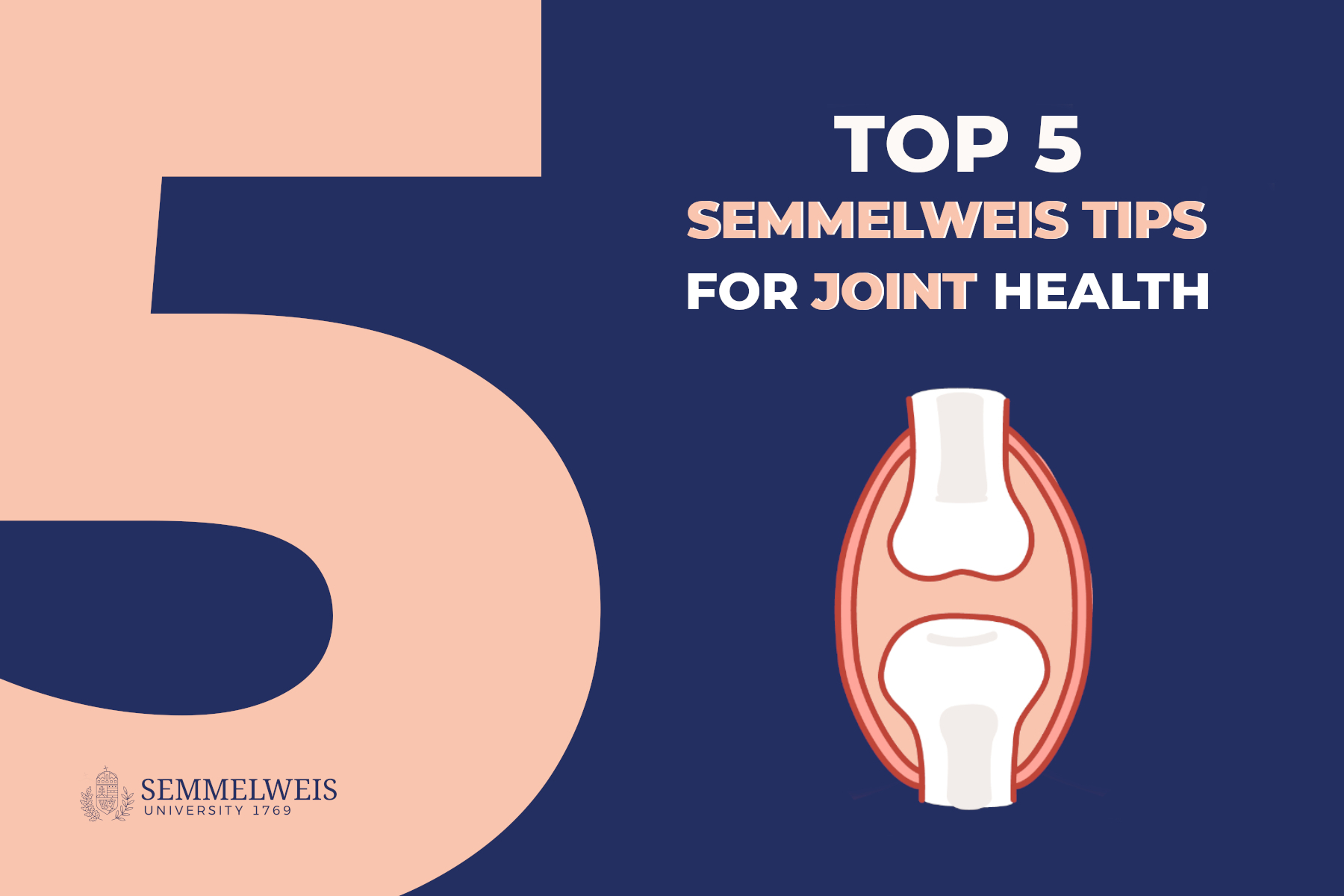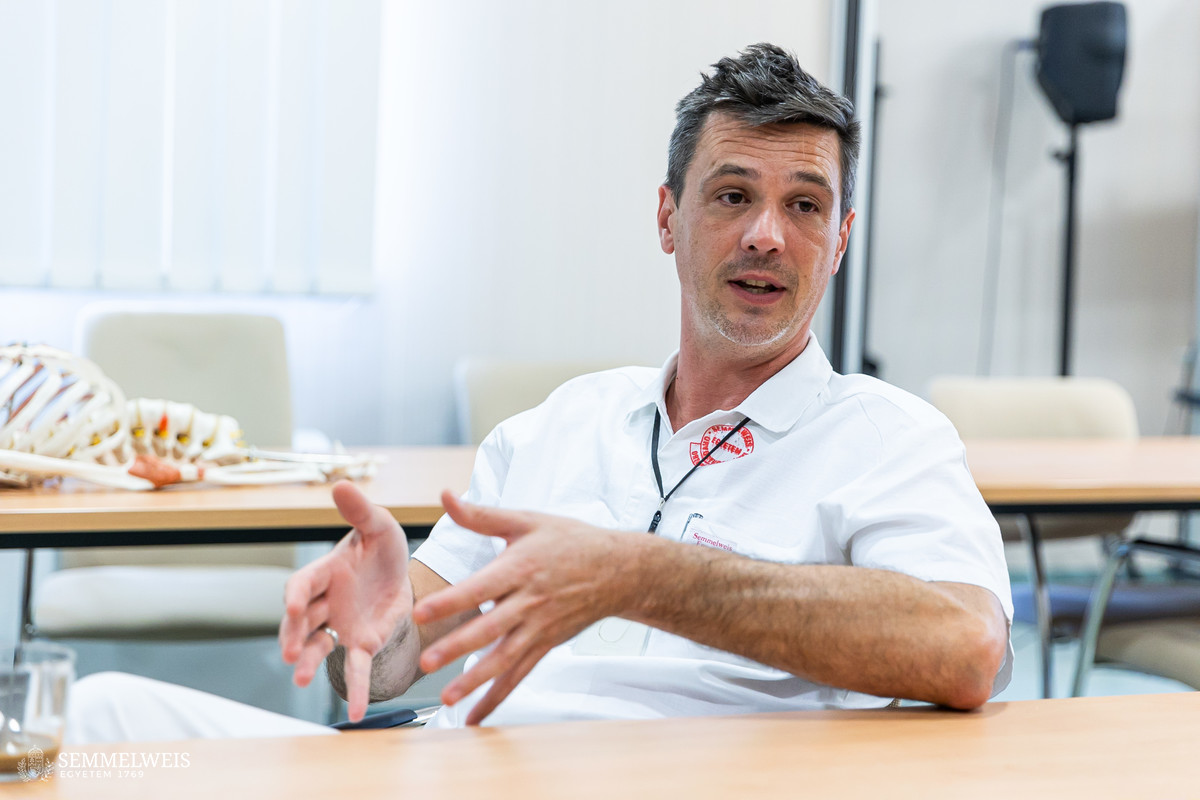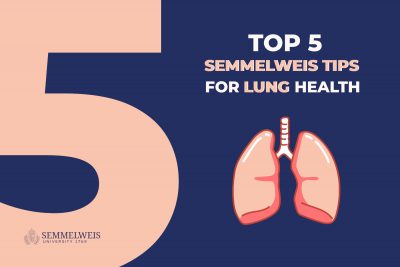The proper functioning of our joints requires a combination of several factors: proper anatomical position, in which the joint’s axial position and statics do not deviate from the regular one due to congenital deformity or injury; adequate level of loading; symmetrical joint stabilizing elements, i.e. collateral ligaments and cruciate ligaments; muscles capable of moving the joint in a regular way; and nutrients.
1. Be aware that some degree of cartilage wear is inevitable over the age of 60, but the extent of this depends on how much one has managed to avoid the accelerating factors.
The painless, effortless movement of all the joints in our body is ensured by the glass-like cartilage (hyaline cartilage), an extremely strong, smooth-surfaced tissue that covers the surface of the bones that make up the joints. This glass cartilage has a lifespan of 60 years, by which time it loses its fluidity and starts to dry out, lose its elasticity, become gradually thinner, and deteriorate in thickness and structure. This means that everyone over the age of 60 will experience some degree of cartilage deterioration, which, depending on its extent, will cause symptoms and pain. Cartilage wear is an irreversible and unstoppable process, we can only fight it by identifying and avoiding the factors in our own lives that accelerate it, says Dr. Tamás Perlaky.
2. Watch out for your weight, even an excess of five kilos can hurt a lot.
In Hungary, overweight is a widespread problem, with an extra five kilograms increasing the severity of weight-bearing knee and hip complaints by 50 percent. The physical strain of carrying and moving heavy weights is just as damaging as obesity.
3. Move and exercise regularly, because joints deteriorate without strain.
Articular cartilage is fed by synovial fluid, which compares to engine oil in an engine. Proper circulation of synovial fluid, i.e. the transport of nutrients to the cartilage requires movement. Consequently, someone who is lying in bed all day will have their joints damaged in the same way as someone who overexerts them. So movement is also key to joint health. It’s advisable to choose a sport or form of exercise that keeps weight in control and stimulates the muscles, but is gentle on the joints. These include cycling, swimming, rowing, or elliptical trainers. Speed walking, jogging, and Nordic walking are also recommended. Always warm up before exercising and never skip stretching afterwards, which can reduce the damaging effects of joint strain resulting from sedentary work.
4. Watch out for your diet. Take a cartilage booster.
The lifespan of cartilage is affected by nutrition: the diet should contain unsaturated fatty acids, vitamin D and calcium. A wide range of cartilage-strengthening products are available, typically containing the building blocks of cartilage – calcium, vitamin D, glucosamine, hyaluronic acid, chondroitin, MSM – in various formulations and proportions. These building blocks are absorbed and delivered to the joint to some extent, they are not panaceas, but they work if combined with movement. It varies from person to person which formulation works best, emphasizes Dr. Tamás Perlaky, adding that it is worth taking one type of formulation for at least two months to see its effect.
5. Consult a doctor in case of injury or pain.
Joint injuries usually heal spontaneously, this is especially true for knee and shoulder joints. However, there are some lesions that, even if not painful, can lead to long-term joint damage without treatment or surgery. For example, if someone’s cruciate ligament is torn in the knee, but it does not really hurt, does not limit the daily activities, and the person does not want to play sports, then the joint develops a mini- or micro-instability, which causes the joint to move abnormally, and the shearing forces that occur very quickly grind the joint cartilage, points out Dr. Tamás Perlaky. A common injury in the knee is meniscus tear, which can result in the torn part constantly grinding the cartilage surface. Although this may not necessarily be painful, it can cause serious irreversible cartilage damage over six months to a year, which in the long term can cause the joint to deteriorate more quickly than if the torn part had been removed by surgery.
Certain metabolic and autoimmune diseases, including gout, rheumatoid arthritis, psoriasis, also damage the joints, so in order to prevent premature wear (arthrosis) it is particularly important to follow joint-sparing advice, diet, exercise and weight control, the specialist emphasizes.
The first part of our series on lung health is available here.
Anita Szepesi
Translation: Judit Szabados-Dőtsch
Photo: Attila Kovács – Semmelweis University




